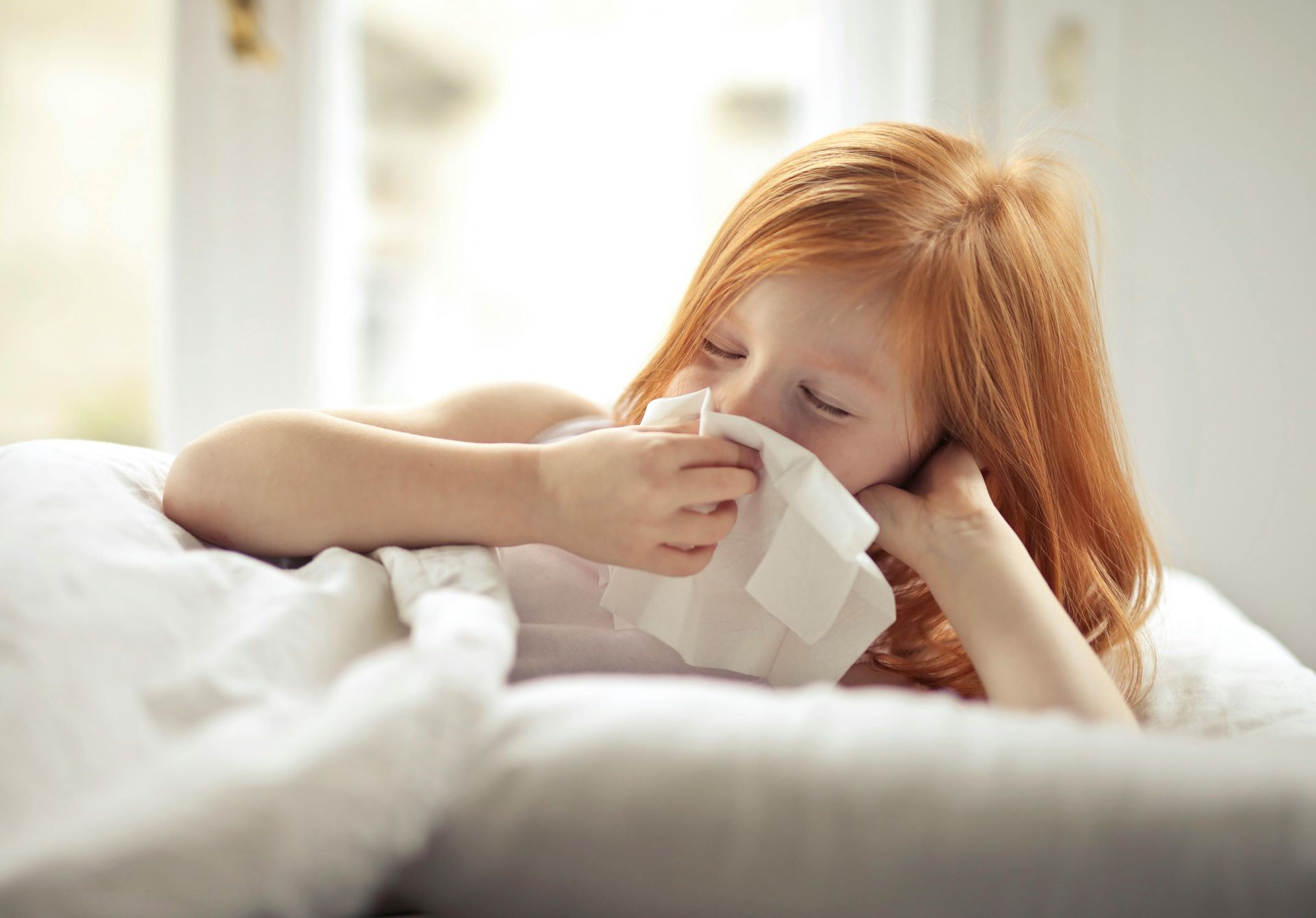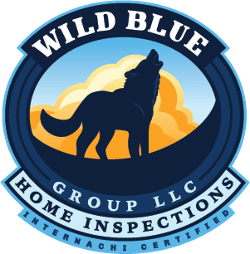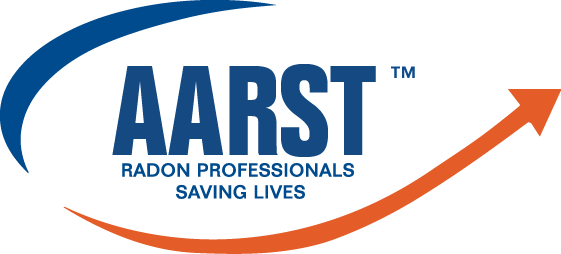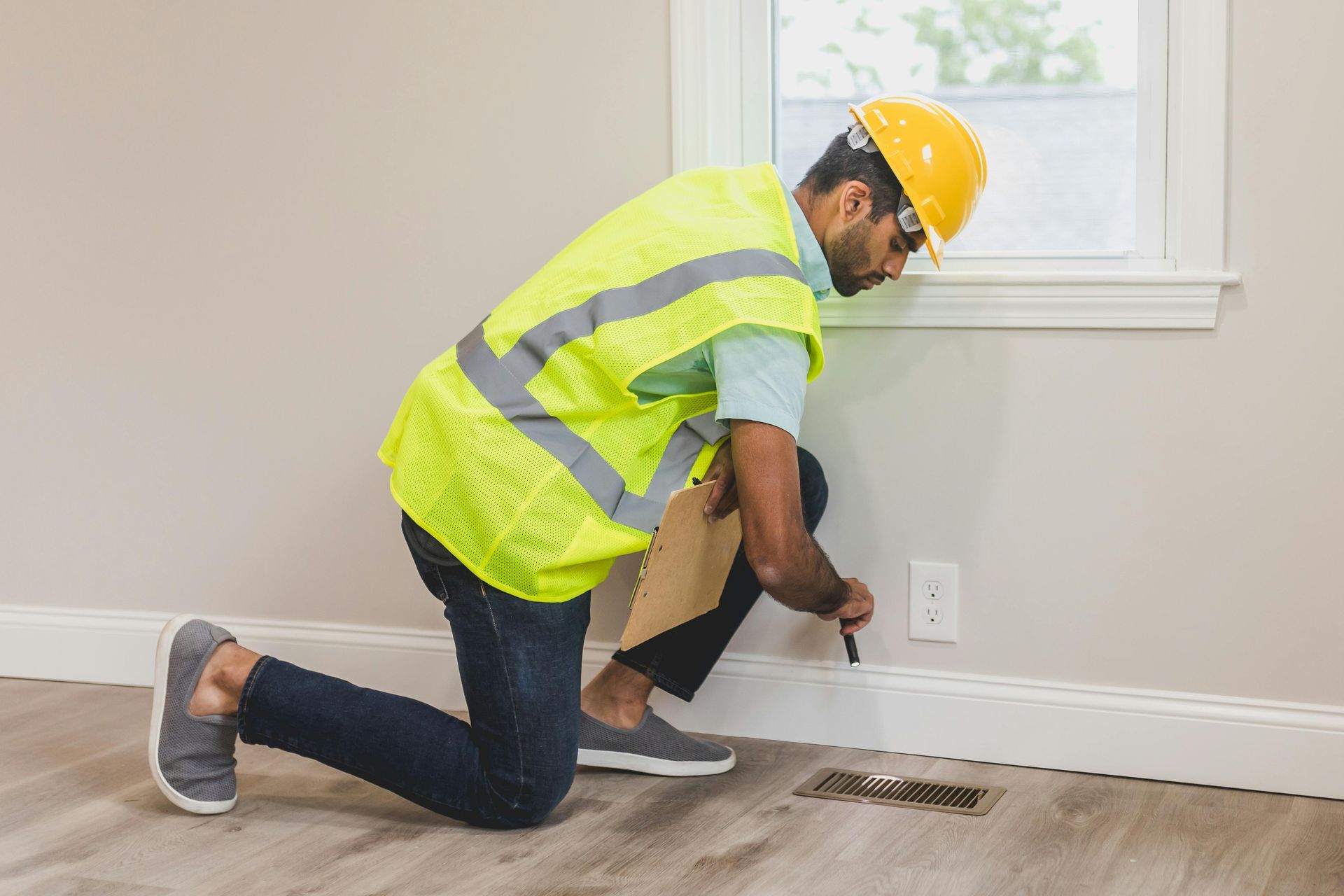What Does Your Radon Number Mean?
Understand Your Risk From Elevated Radon Exposure
What's in a Number?
When it comes to understanding your risk from radon exposure, your number means a lot. Radon is measured in picocuries per liter of air (pCi/L). 4.0 pCi/L is the level established by the US EPA for action --- any building testing above this level should be fixed. Elevated radon levels can be a risk anywhere in any state. Old homes and new homes, with and without basements can have a
radon problem. And two houses right next to each other can have very different indoor radon concentrations. The only way to know if a home or other building contains elevated radon levels is to have it tested. Where a problem exists, steps should be taken to correct the issue through proven mitigation techniques.
Here are some examples of levels:
- Radon Level 4.0 pCi/L = 200 chest x-rays per year OR 8 cigarettes per day. EPA recommends: fix your home.
- Radon Level 8.0 pCi/L = 400 chest x-rays per year OR 16 cigarettes per day. EPA recommends: fix your home.
- Radon Level 10.0 pCi/L = 500 chest x-rays per year OR 20 cigarettes per day. One full pack. EPA recommends: fix your home.
- Radon Level 15.0 pCi/L = 750 chest x-rays per year OR 30 cigarettes per day. EPA recommends: fix your home.
- Radon Level 20.0 pCi/L = 1,000 chest x-rays per year OR 40 cigarettes per day. EPA recommends: fix your home.
- Radon Level 40.0 pCi/L = 2,000 chest x-rays per year OR 80 cigarettes per day. EPA recommends: fix your home.
- Radon Level 100.0 pCi/L = 5,000 chest x-rays per year OR 200 cigarettes per day. EPA recommends: fix your home.
Facts About Radon
Radon is a naturally-occurring radioactive gas. Radon enters a home through cracks or openings in the foundation, slab, or sump pit. When this occurs, radon can accumulate in dangerous levels. Radon is a Group A Human Carcinogen --- the US EPA and Surgeon General estimate radon is responsible for more than 21,000 annual deaths, making it the leading cause of lung cancer among non-smokers.
- Average US indoor air level = 1.3 pCi/L (picocuries per liter of air).
- If you smoke and your radon levels are elevated, your risk for lung cancer is especially high.
- Smaller lungs and faster breathing rates may result in greater radon exposure in children relative to adults.
- Indoor radon exposure is the leading cause of lung cancer in non-smokers, responsible for more than 21,000 U.S. lung cancer deaths each year. When you breathe in radon, radioactive particles from radon gas can get trapped in your lungs, where they can damage DNA as they release alpha radiation.
- The only way to know your home or building contains dangerous radon levels is to have a test performed. Properly installed radon control systems will permanently reduce radon concentrations by up to 99%. Be sure to have a radon test performed by an NRPP Certified Radon Tester. You can find one in your area by visiting https://nrpp.info/.
Information cited from the following sources:
U.S. Department of Health and Human Services, Public Health Service, ABDR. (1990). Toxicological profile for radon. Atlanta, GA: Agency for Toxic Substances and Disease Registry.
US Environmental Protection Agency. Indoor Environments Division. A Citizens Guide to Radon. EPA 402-K-09-001, January 2009.
The American Association of Radon Scientists and Technologists is a non-profit organization of
Radon Professionals Saving Lives. AARST Members work together to increase public awareness and grow their businesses, detecting, researching, mitigating, & managing initiatives to lower radon-induced lung cancer.
Share this blog!




